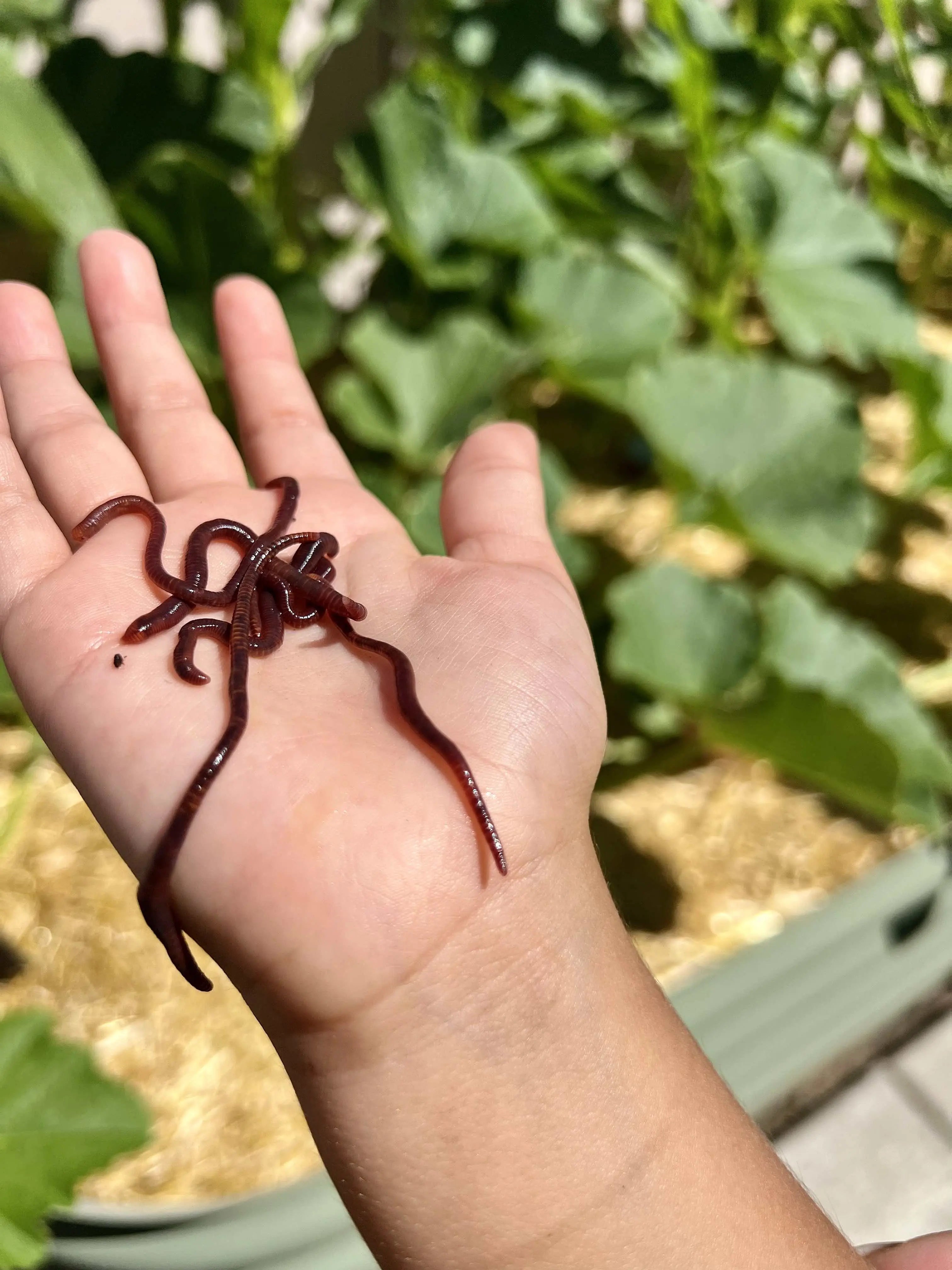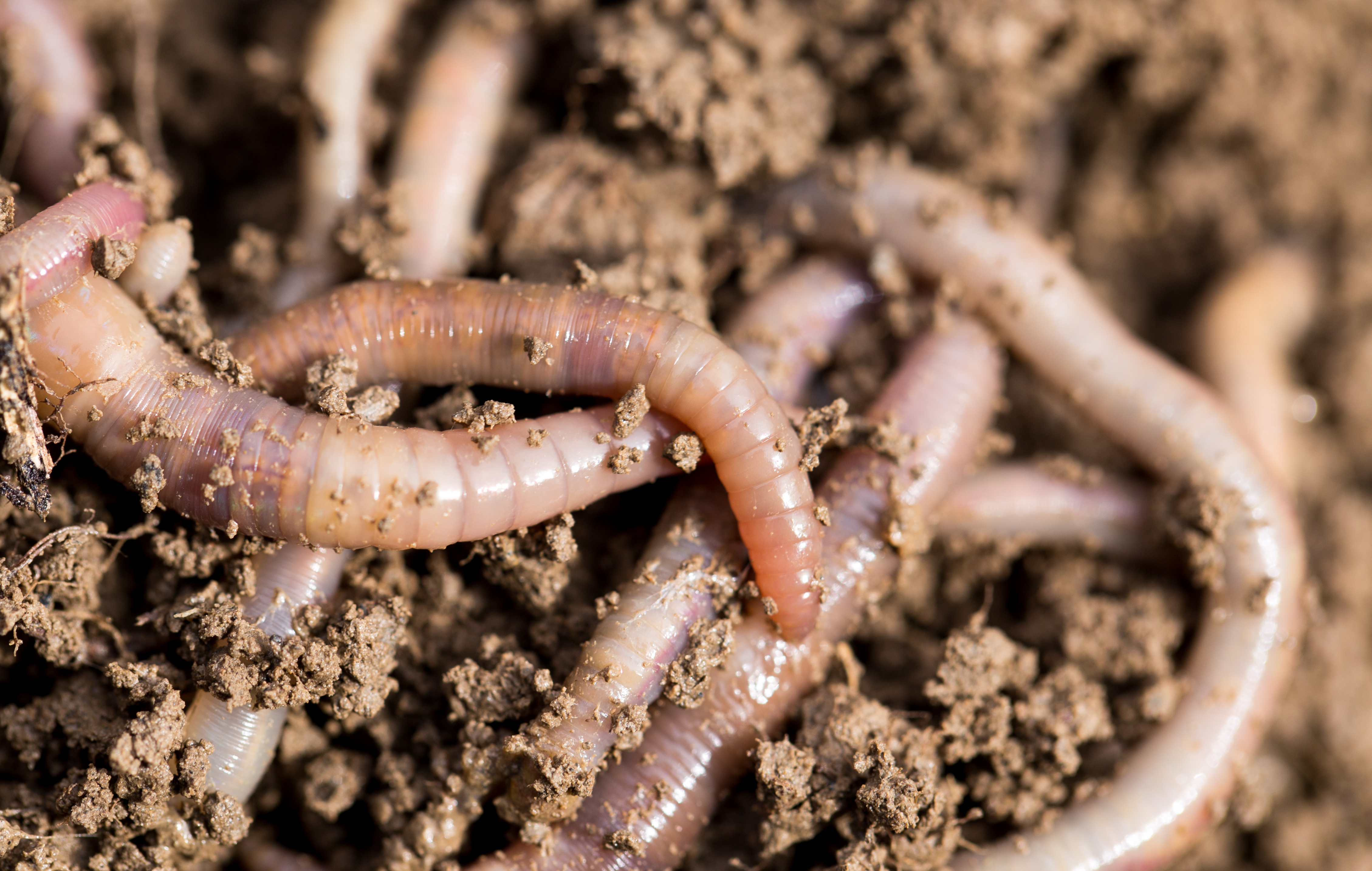Costs Top Quality Red Wiggler Worms - Boost Your Yard's Fertility
Wiki Article
Optimizing the Conveniences of Red Wiggler Worms: A Comprehensive Guidebook for Home Gardeners and Urban Farmers
In the realm of sustainable horticulture practices, red wiggler worms stand as unhonored heroes, quietly transforming natural waste into nutrient-rich castings that can function wonders for dirt health. As home gardeners and city farmers increasingly seek economical and eco friendly methods to boost their yards, the potential benefits of taking advantage of the power of red wigglers can not be overemphasized. From minimizing kitchen area waste to growing much healthier plants, the application of these humble creatures offers a huge selection of benefits. By discovering the intricacies of just how to properly take care of and maximize the benefits of red wiggler worms, people can open a wealth of possibilities for improving the sustainability and efficiency of their horticulture undertakings.Comprehending Red Wiggler Worms
Red Wiggler worms, renowned for their efficient composting capabilities, are a varieties of earthworms commonly made use of in vermiculture practices. These worms, scientifically referred to as Eisenia fetida, grow in decaying organic product, making them suitable candidates for composting (Red Wiggler Worms). Red Wigglers are starved eaters, efficient in eating their very own weight in organic waste daily. Their digestion procedure breaks down raw material into nutrient-rich spreadings, which are a useful resource for enriching dirt and advertising plant development.One secret attribute of Red Wiggler worms is their reproductive price. These hermaphroditic animals have both female and male reproductive organs, allowing them to reproduce rapidly under beneficial conditions. A mature Red Wiggler can produce multiple offspring in a short duration, ensuring a steady population within a composting system.

Setting Up a Worm Bin
When developing a worm container for vermiculture functions, correct prep work and attention to detail are crucial for creating a favorable atmosphere for Red Wiggler worms,. Begin by picking a suitable container for your worm bin. This can be a plastic or wooden container with a lid to keep dampness degrees and protect the worms from light. Make sure that the container has water drainage openings near the bottom to avoid waterlogging.
Location the worm bin in an awesome, dark area far from direct sunshine and extreme temperatures. On a regular basis check the dampness levels, including water if the bed linen feels completely dry or flaky. Feed the worms a well balanced diet of fruit and veggie scraps, preventing citrus fruits, onions, and spicy foods. By following these actions, you can establish a growing worm bin that will successfully process natural waste into nutrient-rich vermicompost for your yard.
Feeding and Keeping Worms
Ensuring a nutritious and balanced diet regimen is essential for the health and wellness and productivity of Red Wiggler worms in a vermiculture system. Red Wigglers are starved eaters, efficient in eating their own body weight in raw material daily. To maintain a flourishing worm populace, it is important to supply them with a variety of food scraps such as vegetables and fruit peels, coffee premises, tea bags, and smashed eggshells. However, it is necessary to stay clear of feeding them citrus fruits, onions, garlic, dairy products, meat, and oily foods as these can be dangerous to the worms or trigger undesirable odors in the bin.Proper moisture degrees are likewise vital for the well-being of Red Wiggler worms. By diligently checking their diet, dampness, and environmental problems, home garden enthusiasts and urban farmers can maintain a healthy and productive Red Wiggler worm populace for composting functions.
Harvesting Worm Spreadings
To effectively draw out nutrient-rich worm castings from the vermicompost, a methodical harvesting procedure is crucial for making the most of the composting advantages. Red Wiggler Worms. The primary step in gathering worm spreadings is to motivate the worms to move to one side of the container. This can be attained by putting fresh food scraps on one side More Info and leaving the opposite uninterrupted for a couple of days. When most of worms have actually moved to the side with fresh food, the spreadings can be collected from the opposite side.After the spreadings have been collected, it is vital to see this website separate any kind of remaining worms from the castings to prevent damaging them throughout storage or application. One effective technique is to produce cone-shaped stacks of spreadings under bright light. Worms will instinctively move far from the light, enabling easy separation and removal.
Lastly, the collected worm spreadings should be stored in a great, dark, and completely dry place to maintain their high quality and performance as a nutrient-rich dirt modification. By complying with these steps, home gardeners and metropolitan farmers can make the most of the advantages of red wiggler worms in their vermicomposting systems.
Making Use Of Worm Castings in Gardening
The unification of nutrient-rich worm spreadings right into garden dirt can dramatically enhance plant growth and general soil health and wellness. Worm spreadings, additionally recognized as vermicast, are an all-natural fertilizer created by red wiggler worms as they break down organic issue. These spreadings are abundant in important nutrients like nitrogen, phosphorus, potassium, and useful microorganisms that promote plant growth and boost dirt structure.When utilizing worm castings in horticulture, it is vital to blend them completely into the dirt or utilize them as a top clothing around plants. The slow-release nature of worm castings ensures a steady supply of nutrients to plants over time, decreasing the danger of nutrient leaching and promoting lasting soil fertility. Additionally, worm spreadings assist improve dirt aeration, water retention, and microbial task, producing a healthy setting for plant roots click here for info to thrive.

Conclusion
In final thought, the use of red wiggler worms in home horticulture and metropolitan farming can substantially benefit dirt health and wellness and plant development. By recognizing just how to establish up and keep a worm container, feed the worms effectively, and collect their nutrient-rich spreadings, garden enthusiasts can take full advantage of the benefits of these earthworms.In the realm of sustainable gardening techniques, red wiggler worms stand as unhonored heroes, silently changing organic waste right into nutrient-rich spreadings that can function wonders for soil health.When establishing a worm container for vermiculture objectives, appropriate preparation and attention to detail are crucial for creating a helpful setting for Red Wiggler worms. The initial step in harvesting worm castings is to encourage the worms to move to one side of the container. Worm castings, also understood as vermicast, are a natural plant food produced by red wiggler worms as they damage down organic issue. By understanding just how to establish up and preserve a worm container, feed the worms properly, and collect their nutrient-rich castings, garden enthusiasts can maximize the benefits of these earthworms.
Report this wiki page